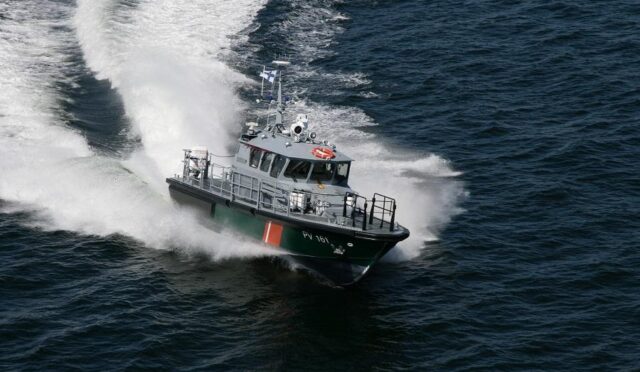NATO Air Defense Exercise: Lessons from the Drone War
NATO commanders have emphasized that valuable lessons gleaned from the drone war in Ukraine are being utilized in Europe’s largest air defense exercise, which wrapped up in the Netherlands recently. The exercise, known as “Joint Project Optic Windmill,” involves 15 participating nations and marks the first time that new alliance members, Sweden and Finland, have taken part in this biennial event. Spanning ten days, the virtual drill is designed to test NATO’s response capabilities to missile and drone attacks.
Brigadier-General Peter Gielen, the commanding officer of the operation, highlighted the unprecedented array of threats present on today’s battlefield. He remarked, “We’ve never encountered the number of threats that we are currently seeing,” noting that insights gained from Ukrainian strategies have directly influenced their approach. Drones have been a particular focus, ensuring that the exercise prepares participants to respond effectively to this modern threat.
Focus on Drone Technology
A critical aspect of the exercise was the incorporation of Iranian-style Shahed exploding drones, widely used by Moscow in its ongoing operations in Ukraine. Gielen pointed out that military officers participating in the drill received training on tracking the flight patterns of these drones as they advance toward their intended targets. This hands-on experience is vital in adapting to the tactics involved in modern warfare.
Sources within the military, who opted to remain anonymous, shared with AFP that the training regimen was meticulously designed to reflect the evolving challenges posed by unmanned aerial vehicles. Gielen further explained, “Information from the Ukrainian theater is invaluable, as it helps us train our personnel to effectively counter such threats. We keep a close watch on events in Ukraine and strive to integrate our findings into exercises like this without delay.
Diverse Participation and Objectives
The exercise saw participation from approximately 700 troops, with notable contributions from forces based in Britain and the United States. Participants were engaged in scenarios that simulated a transition from peace to full-scale war, including potential chemical, biological, radiological, and nuclear threats. One of the key objectives was to ensure that air defense systems could integrate various technologies and operate cohesively, ultimately providing a stronger defense against multifaceted threats than any single system could manage.
This iteration of the exercise is significant, occurring in the context of changing US policy towards NATO and European defense, especially following former President Donald Trump’s remarks questioning America’s longstanding commitment to the alliance. Gielen stated that this political shift served as a “wake-up call for Europe,” pressing the necessity to enhance military preparedness. He asserted, “If we are going to invest in military capabilities, we must also prioritize comprehensive air defense solutions.







